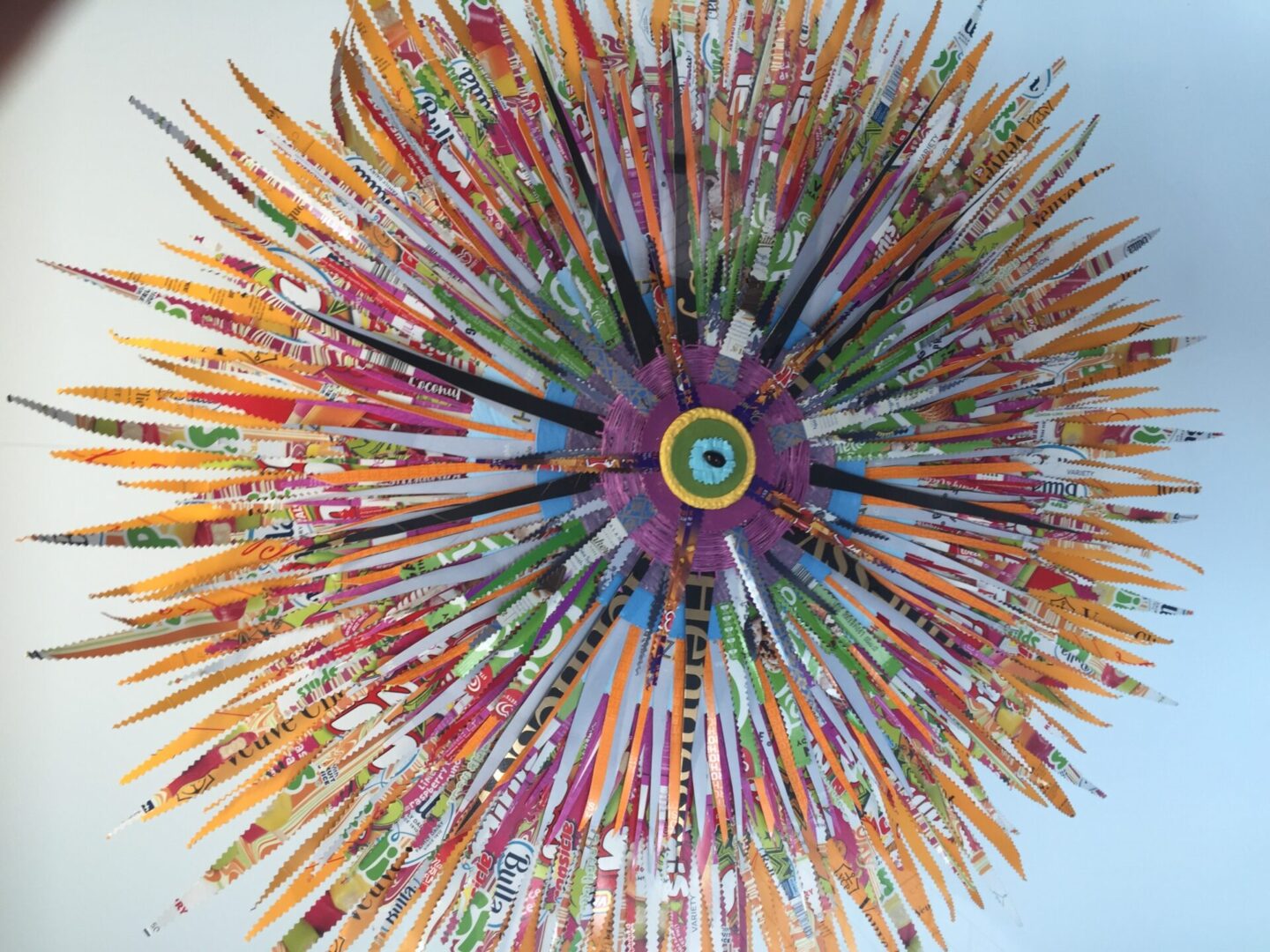Annual Conference
Light Colour Vision Annual Conference 2025
Virtual Zoom meeting; Sydney time Australia (AEST)
Date:13th July 2025
Time: 9.00am to 5.00 pm (AEST -Sydney Australia time zone)
We have a great line up of speakers for you!
With latest research and clinical applications.
Don’t Miss out register early!

 Rev Glen Swartout
Rev Glen Swartout
Frequency Medicine
Subtitle: “Future medicine will be the medicine of frequencies.” - Albert Einstein
-
Abstract: Syntonic phototherapy harnesses light to restore visual and systemic function, but selecting the most effective treatments can be a challenge. This presentation introduces a novel framework for doctors to optimize therapeutic outcomes, integrating a therapeutic hierarchy, clinical trials, and photo-energetic regulation. We outline a structured but holistic approach to single-session trials, enabling rapid prediction of treatment efficacy. By monitoring physiological markers, clinicians can determine within minutes whether a therapy tests effective, minimizing trial-and-error.
-
To accelerate predictions, we explore instantaneous responses via photo-energetic regulation, where light modulates cellular, neural and bioenergetic signalling. This approach leverages photo-biomodulation, triggering immediate changes in functional states. Insights into photo-energetic regulation reveal how cells communicate using light, and how we project the visual space world from the visual cortex. We discuss reversing cellular and biological blindness by restoring light-mediated signalling at cell, tissue and systemic levels, drawing on 43 years of clinical exploration.
-
Finally, we address the concept of spiritual blindness, an unseen barrier to advancement in science and medicine, proposing a comprehensive paradigm shift. By bridging quantum biology, consciousness, and cosmic perspectives, better understanding of light can help us transcend the limitations of conventional medicine, aligning cellular communication with universal energetic principles. This framework empowers clinicians to predict and validate therapies efficiently, enhancing patient outcomes in the most challenging cases. Through case studies and practical tools, attendees will learn to apply this integrative approach, revolutionizing syntonic practice in Australia.
 Dr Steven Ingersoll
Dr Steven Ingersoll
Light from Within
Dr. Ingersoll will discuss the nature of light, its relationship to man with particular emphasis on endogenous photic energy and its role in subcortical regulation and homeostatic physiology.
 Dr Joshua Rosenthal
Dr Joshua Rosenthal
“Practical Mitocircadoan Medicine.”
The talk will discuss mitochondrial and circadian dynamics of health and wellness. Participants will learn how mitochondria work to contribute to wellbeing and disease as well as how to practically improve mitochondrial function. Additionally, circadian biology and non visual effects of light contributing to bioenergetic and performance will be explained. Overall bioenergetic a of humans can be optimized by utilizing these two foundational physiologic processes. Practical methods to improve these systems will be discussed.
 Dr Ann Liebert
Dr Ann Liebert
Update on Photobiomodulation (PBM) for the Treatment of Neurodegenerative and
Neurodevelopmental Disorders.
The field of light therapy has strong historical roots with ancient civilisations both in the Middle East and in ancient
China and India in the form of direct sunlight and herbs activated by light. In modern times, Nils Finsen was awarded the Nobel Prize in 1903 for his work on Smallpox scaring and Andre Mester in 1967 showed that the modern laser could speed the healing of wounds. Since that time, light therapy has undergone a name change to photobiomodulation or PBM and has been used for many conditions, including pain relief, wound healing, tissue repair and reduction of inflammation in over 10 million in-clinic treatments in the last 40 years.
Other applications of light for disease have included Bright Light Therapy, including for its use in Syntonics, and with medication for Photodynamic therapy in cancer treatment. In recent years PBM has been investigated for its use in the management of neurodevelopmental disorders and neurodegenerative diseases. This update will discuss our recent research and clinical advances in the last 10 years in the fields of Parkinson’s disease, traumatic brain injury, cognitive impairment and chronic headache post-concussion, and post viral syndrome, as well as its emerging use in ASD and ADHD and its potential for the prevention of neurodegenerative diseases. The potential of PBM to influence the microbiome (Photobiomics) will also be discussed.
 John Stuart Reid
John Stuart Reid
Sound Gives Birth to Light
The Sound-Light Therapeutic Matrix
Cells communicate primarily in the near infrared spectrum and can be stimulated by both sound frequencies and light frequencies, yet research in the separate fields of Sound Therapy and Photobiomodulation have hitherto not explored the connection between these two forms of energy. In this presentation, John Stuart Reid describes the physics of sound that gives birth to light, how light gives rise to sound in tissues (photoacoustics), and how these phenomena apply to the emergent field of Frequency Medicine. The second (postulated) law of cymatics is examined in the context of sound entering the eyes in relation to stimulation of the pineal gland, and on the glymphatic system. Research by the Neils Bohr Institute is discussed, revealing that the primary role of nerves is to conduct sound (soliton impulses), which in turn generate electricity via the piezo-electric effect, a discovery that has significant therapeutic implications, including transcutaneous vagal stimulation, versus sonic/ musical vagal stimulation, via the pinnas.

 Rev Glen Swartout
Rev Glen Swartout  Dr Steven Ingersoll
Dr Steven Ingersoll Dr Joshua Rosenthal
Dr Joshua Rosenthal  Dr Ann Liebert
Dr Ann Liebert John Stuart Reid
John Stuart Reid